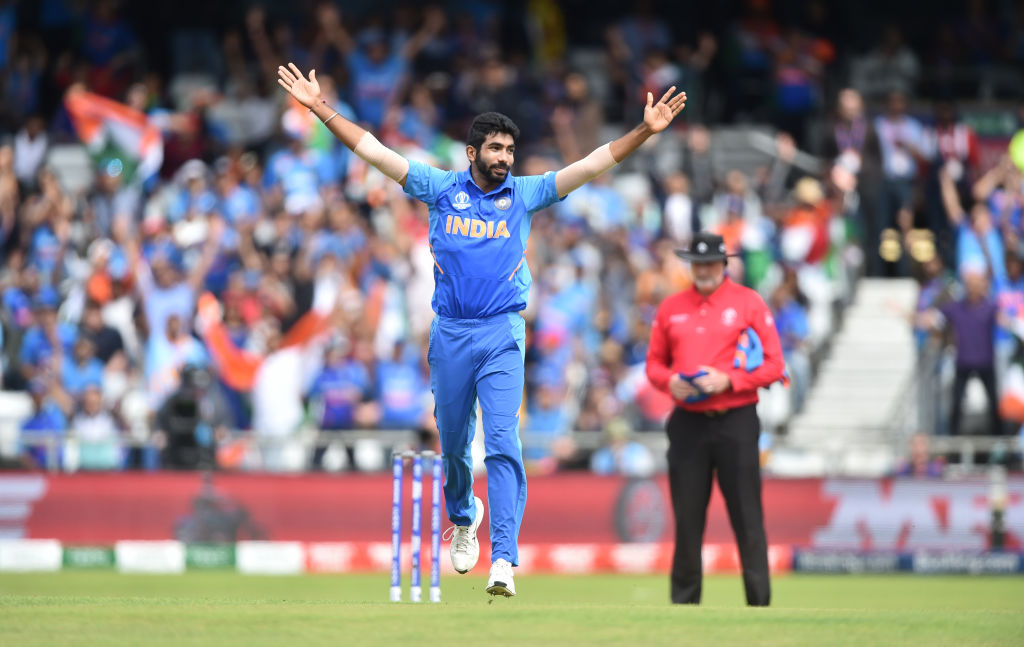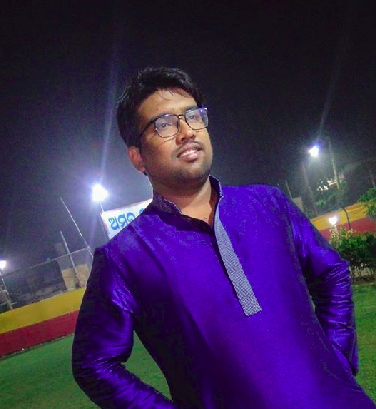Lack of foresight sees India putting Jasprit Bumrah's career in danger

“What!!!” - went straight out of my mouth as I saw Jasprit Bumrah’s name in Indian team announcement news for the home series against Sri Lanka and Australia. That he had been included in the squad without clearance from the National Cricket Academy made it even worse - with leaks floating around.
First of all, let’s address the elephant in the room. Bumrah not consulting the NCA and instead opting for his own doctors came from a position of convenience and perception that somehow belied the role that NCA was supposed to play in the first place. The mismanagement in Wriddhiman Saha and subsequently in Bhuvneshwar Kumar’s case had a role to play behind Bumrah’s decision but the fundamental problem in the unwanted reality was hard to miss. Could the NCA have done better?
Well, it is a question that surrounds one of Indian cricket’s biggest institutions helmed by none other than the inimitable man-manager Rahul Dravid. That, however, brought bigger questions about the BCCI and its never-ending cycle of selection blunders as we enter the World T20 year. Jasprit Bumrah is back after a successful(?) rehab to lead the Indian pace bowling attack.
In medical terms, the origin of a stress fracture in a fast bowler’s body is the byproduct of the pressure created in the little bony bridge between the facet joints which take a lot of stress in chronically-loaded tissue. As Indian team’s former physiotherapist Andrew Leipus maintained, stress fracture on the back happens when there is a “sudden overload on a weakened area of bone that has not remodelled fast enough to absorb and transmit the physical forces” involved.
It might certainly go pain-free for a long period of time, but the tendency of the injury forces fast bowlers to put their body on the line. It is exactly what Jasprit Bumrah - an unorthodox bowler and probably the first in his own right - is going to do in the home series against Sri Lanka and Australia, with India seemingly ready to take the desperate punt. Not even a couple of weeks ago, Deepak Chahar aggravated his injury to be ruled out of the last ODI while Bhuvneshwar Kumar had to miss out after developing pain in his knee. Do you see the pattern here?
While in the case of Chahar and Bhuvneshwar, it was a tangle that their doctors had failed to understand, for Bumrah, it is a rather straightforward one. Any stress fracture takes around six to eight weeks to recover but it is statistically proven that the risk of recurrence than for someone else who has never had a stress fracture is a higher one which could put someone’s career in jeopardy. Every Indian fan knows how important Bumrah is to India’s plans and that he needs to be wrapped in cotton wool for bigger and important events. Yet, we see him in a context-less rubber against a depleted side.
Cutting the long story short, at the core of Jasprit Bumrah’s reintegration to the team lies desperation. It is the desperation to surge off the T20-slack reputation and gaining some confidence back that somehow seems a bit low after a slew of losses to South Africa, Bangladesh and West Indies. It was the same mindset that cost India big-time when Zaheer Khan was sent to play a full season of IPL after a gruelling 2011 World Cup or a recently-retired Irfan Pathan’s influx of injuries post that stunning win in Perth 2008. Bumrah is once-in-a-lifetime talent and cannot be put into such a situation. It is criminal and highly uncalled for.
After Chahar’s injury, it is apparent that India don’t have a good enough pace battery to pose a challenge, with Navdeep Saini and Shardul Thakur being the other two proper pacers in the side. All things considered, does that still make sense that Bumrah has been fast-tracked to the side with only one supervising session by the team management?
Instead, what Bumrah needed was a proper regime and some more rest as Leipus stated after Bumrah’s injury, “If it is further along the bone stress injury spectrum than this, then it could need three to six months. If the stress fracture is bilateral (a crack on both sides of the same vertebrae), then it might be more than a year or longer. The key is not to rush the player back and to address all of the factors mentioned above, including ensuring his bowling workloads at the end of his rehab being suitable for the format of the games he will be going into.”
This Indian team’s workload management has been excellent lately, with the team having more than 60% of their players playing only one format, but for the pacers, they require a tracking system with more sustainable planning for a longer duration. Unless and until that comes into fruition, one would be staring at the abyss and wonder. After all, Jasprit Bumrah is one of the greatest modern Indian cricket stories and cannot be compromised at any cost.

Comments
Sign up or log in to your account to leave comments and reactions
0 Comments